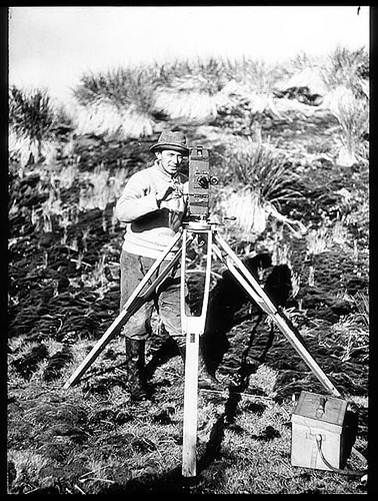 by Hannah Rees & Matt Bond
by Hannah Rees & Matt Bond
Film can often be the forgotten tool. Considered by many as too expensive, too technical and too time consuming.
At Cornwall Council, we started to embrace the medium around five years ago and put some communications resource behind it. We were right to do so and it continues to be an integral part of our communications mix.
My role as Communications Specialist now deals with film as part of a total social media and digital communications toolset, and works in tangent with our design team.
Film is a proven medium and has seen a surge in popularity in recent times for both internal and external communications.
A flurry of requests as word started to spread saw us implement an online request process for film requests and a charging structure to cover our costs. This process helps to prevent film being seen as an ‘easy option’ when it comes to promoting a message – we ask the requestor to think about the audience, supporting communications and where the film might be shown as well as our own requirements. The process is not intended to prohibit the use of film, in fact the opposite, it is to ensure it is as thought through, targeted and as tangible as possible.
Going viral
Being a small team gives us the agility to respond fast when we see an opportunity arise. This was illustrated in July 2011 when Radio 1 played a trailer titled ‘Scotland is …’ to promote a music event being held in Scotland. The idea spurred a host of parodies from around the country, and Cornwall was no exception, with a comedy Cornish voiced version appearing on YouTube about pasties and seagulls, which was aired on the Scott Mills show.
Keen to grasp the potential PR opportunity and create our own, we quickly created ‘Cornish is…Cornwall Conversations’. At the time, we were in the midst of our Cornwall Conversations engagement exercise, where we asked members of the public ‘What do you value most about Cornwall?’, and to write their response on a blackboard for us to photograph, creating a series of personal messages from our residents. We used these images to create ‘Cornish is … Cornwall Conversations’, and posted it on YouTube by that afternoon. The results can be seen here.
It’s nothing fancy but a fast, simple response to an immediate opportunity that has gone on to clock up an impressive 807 views. Plus, the effort was rewarded with a mention for Cornwall Council on the next day’s Scott Mills show! Not bad for a film project that took just a couple of hours to put together.
Integration
We’re fortunate in our communications team to have a range of diverse skill sets, which allows us to occasionally push the boundaries of what’s possible with film and explore other ways of communicating our more detailed messages, such as animation. A great example of this was taking our 2010-2014 Business Plan and making it more digestible via a short narrated animation, together with the printed document. The animation has had 1,021 external and internal views since it was posted just under two years ago.
We’ve gone on to use animations for a whole host of complex messages such as how the adult social care process works, how our new enterprise resource planning system works for employees, how workplace health champions are changing our workplace and our ongoing vision for Cornwall Council.
Internal
As well as our external facing films, we find that there is a real need for film in our internal, corporate communication. Whether it’s filming a pre-recorded message for a Member who can’t attend a conference or putting together a ‘How to..?’ film project for employees to help explain a complicated process.
We produce monthly videcasts (published on our intranet) from our Chief Executive, Kevin Lavery, where he talks directly to camera about various corporate messages. We mix it up – formal and informal, good news and bad. One of our most popular was a paper review during the summer silly season where Kevin gave the facts behind the headlines. The videcasts work because they give employees a regular opportunity to see the Chief Executive and feel they know what he’s thinking or what his priorities are – it’s a personal touch that takes half an hour a month to produce.
We encourage two way dialogue too – anyone can follow the link to ask Kevin a question and Kevin will answer this directly, either via email or in the next videcast.
The future
As new technology allows people to capture film more easily and cheaply than ever before, we’re working on ways to start seeing ourselves as enablers of film rather than the creators. We loan out equipment and let people make their own films.
We’ve also started co-production with public sector partners such as the Cornwall and Isles of Scilly NHS on a number of projects and have more multi-agency plans for the future.
We are also keen to start being more topical and punchy with our films, short, sharp, targeted clips that are easily viewable, easily embedded and shared and talked about. There are so many ideas – as with all of us we just need to make the time to do them because so far, for us anyway, film has been well worth the effort
Hannah Rees is Communications Manager and Matt Bond is Communications Specialist at Cornwall Council
